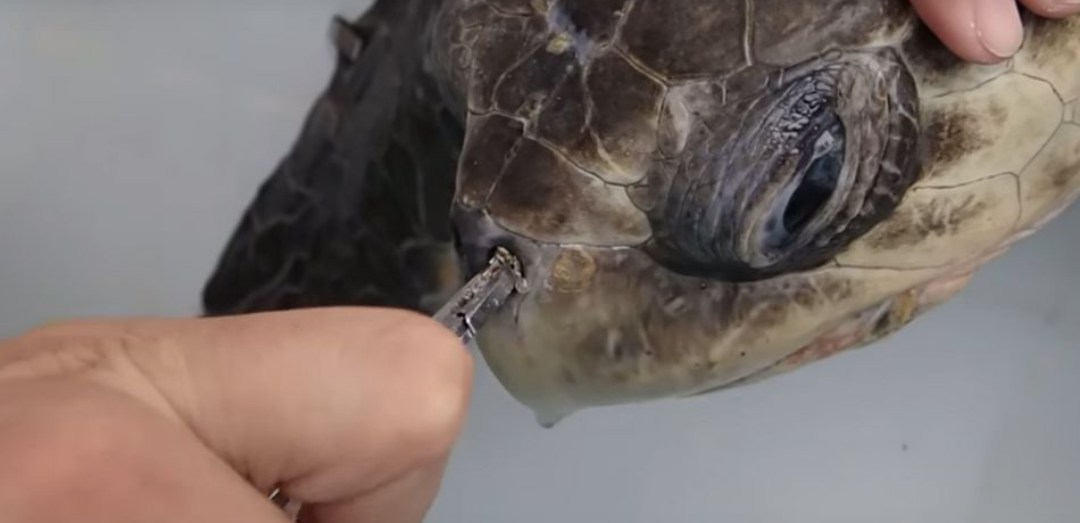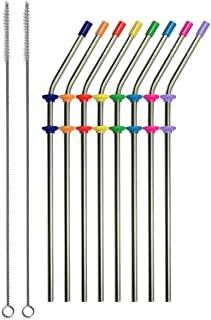
In 2018 the world declared war on straws. Why is that? Why did governments and big corporations decide enough is enough? How is it that an entire global community came together to legislate, advocate, and implement this green strategy?
One moment from 2015, in particular, stands out to me as a flashpoint: a video of a sea turtle with a straw up its nostril from marine conservation biologist Christine Figgener, Ph.D.
At over 41 million views, this devastating video conveys what so many fail to understand about practical environmentalism: compassion. You feel for this turtle, who had no stake in the path to a greener earth. He was just looking for a bite to eat.
This 8-minute video is difficult to watch as Dr. Figgener uses pliers to pull and pull on a straw stubbornly lodged in the turtle's nose. The animal gasps for air while his nose begins to bleed from the deeply embedded straw.
Take a moment. It’s a lot to take in. This video motivates me to reduce and eliminate single-use plastics. This turtle and all marine life deserve a life without the risk of ingesting microplastics. How does change happen?
Legislation is a start to reach a greener, better world. But this takes collaboration with friends and strangers with advocacy, focus, and understanding. It needs capable people, like Dr. Figgener. And, sometimes, it requires seeing firsthand how humans can hurt these gentle animals.
After her video went viral, Dr. Figgener launched the last plastic straw campaign with the Plastic Pollution Coalition. The group educates and advocates for tangible, practical solutions to single-use plastics pollution.
How can we be change agents in our daily lives? Can you speak with your office or child's school about using paper or compostable straws? How about changing the purchasing decisions you make for your family by not buying plastic straws? Can you ask your local retailer or grocery store to offer greener alternatives?
Go Green
Why are single-use plastics so dangerous to the environment? Let’s break it down.
- Plastic goods, like straws, created from fossil fuels and discarded just minutes after use
- Over 50% of all plastics are single-use plastics
- Plastics don’t break down, they break up into smaller dangerous microplastics
- Recent studies confirm microplastics are found in 100% of sea turtles
The fact of the matter is that plastic is a durable miracle product destroying our groundwater, food supply, and human health. We need to reduce. We need to reuse. We need to achieve zero waste.
There’s a lot we can do to reach a greener, better life. Join an established environmental alliance. Reduce and eliminate the waste in your very own home or business. There is a short independent film that’ll challenge the way you think about plastic straws.
Ready to go green? Let’s talk about it. At Green 365, we can create a sustainability program at your organization or business to recycle better, build green habits.
As Dr. Figgener says, “Everyone can do something at home, even if it’s one thing.”

Here’s one way we can work toward eliminating single-use plastics in our daily lives: reusable straws! At my home, we use metal, silicon, and paper straws. Take it a step further and pack a collapsible straw for eating out, school, or work. Our family used to bring color-coded straws to restaurants and movie theaters.
When you’re out and about, make sure your meal or entertainment doesn’t include single-use plastics, like straws. The fewer single-use plastics we use, the better.
Say no to disposable straws. Say no to single-use plastics. Say yes to a greener, better life.
Challenge yourself to adopt one change, what can you do today?

